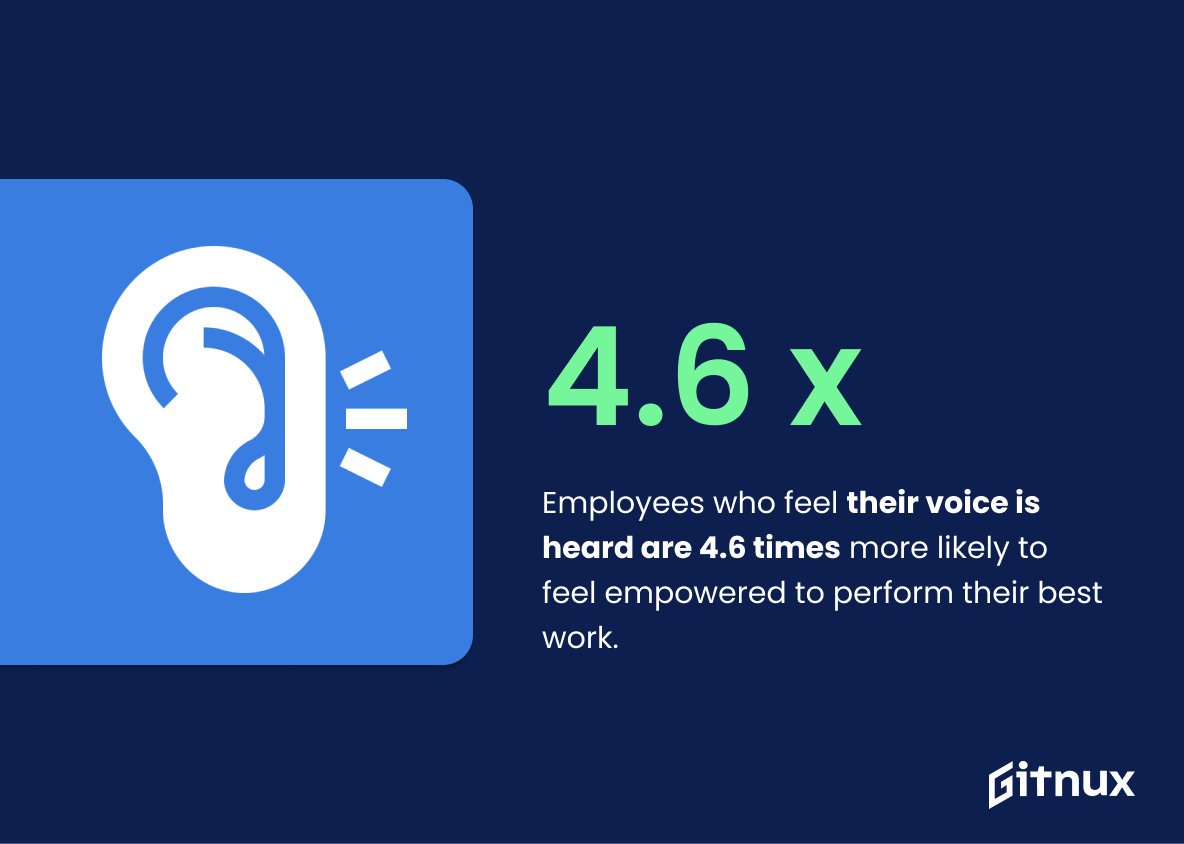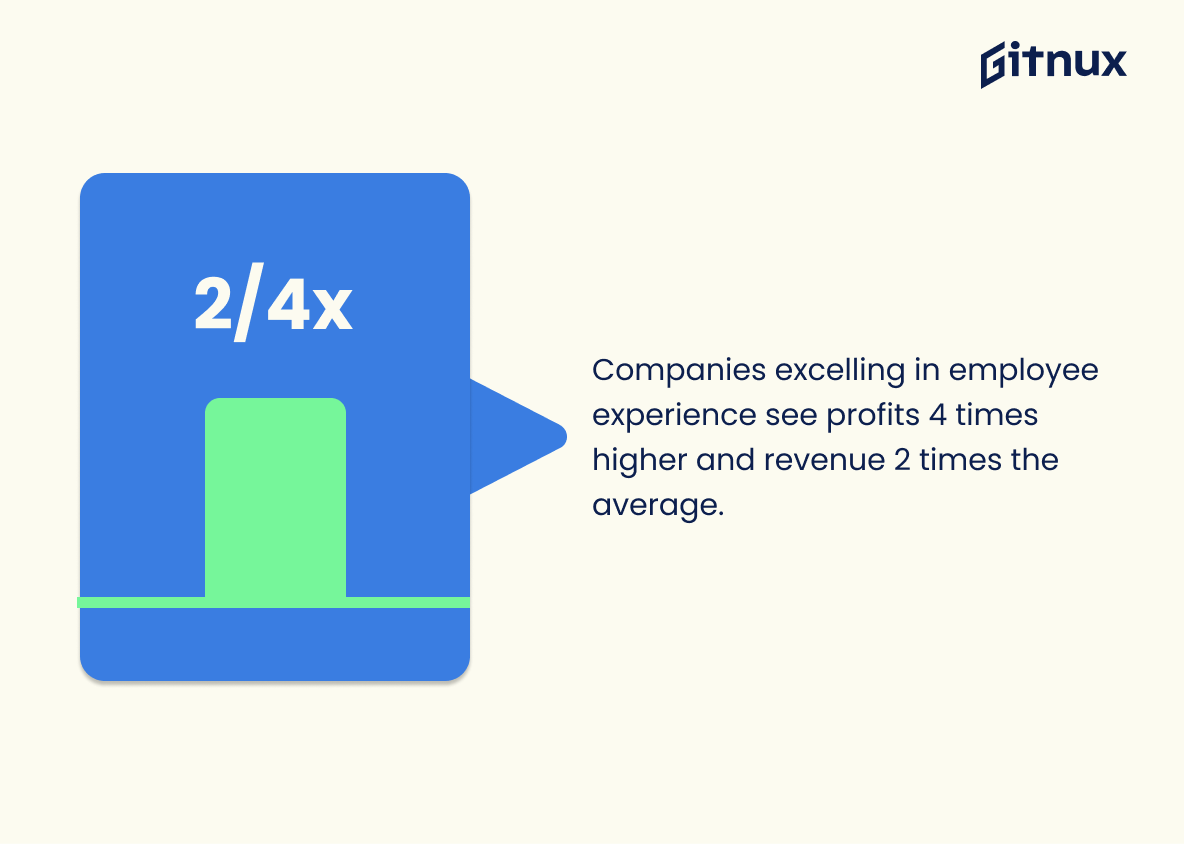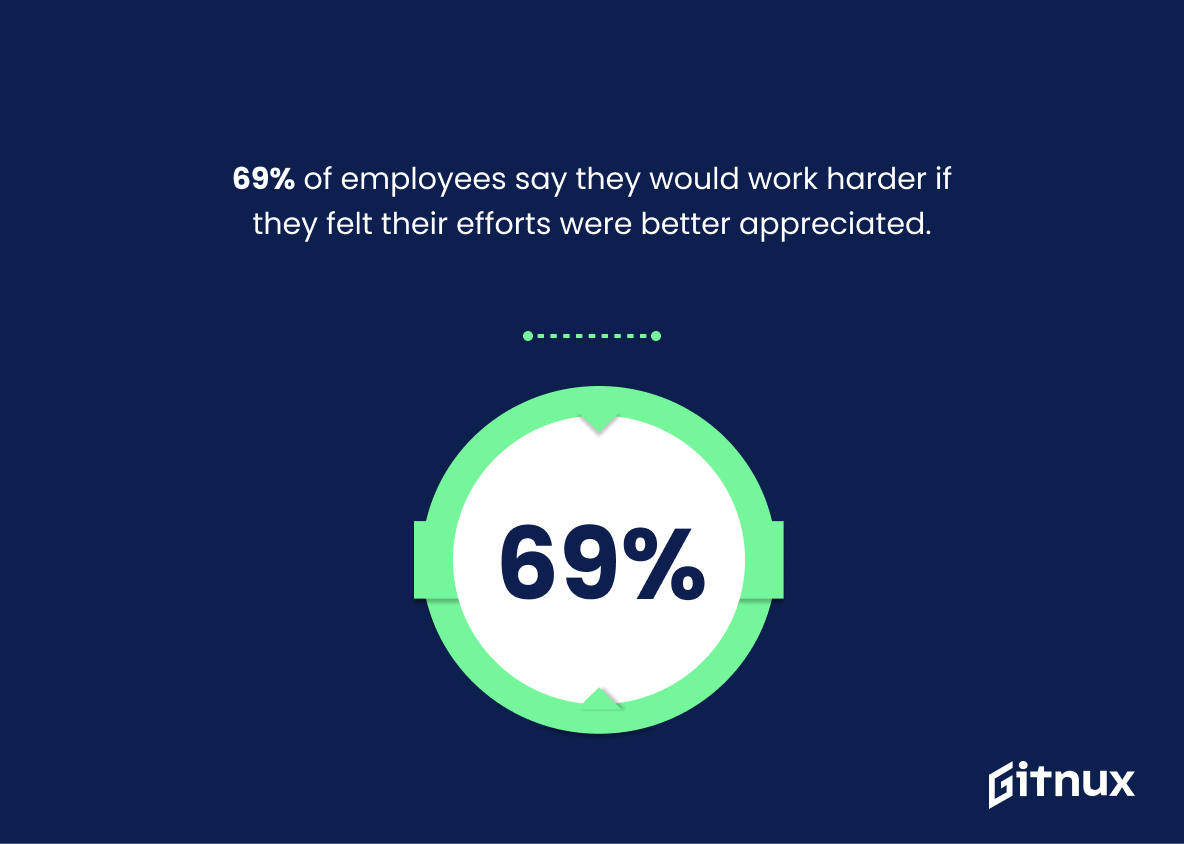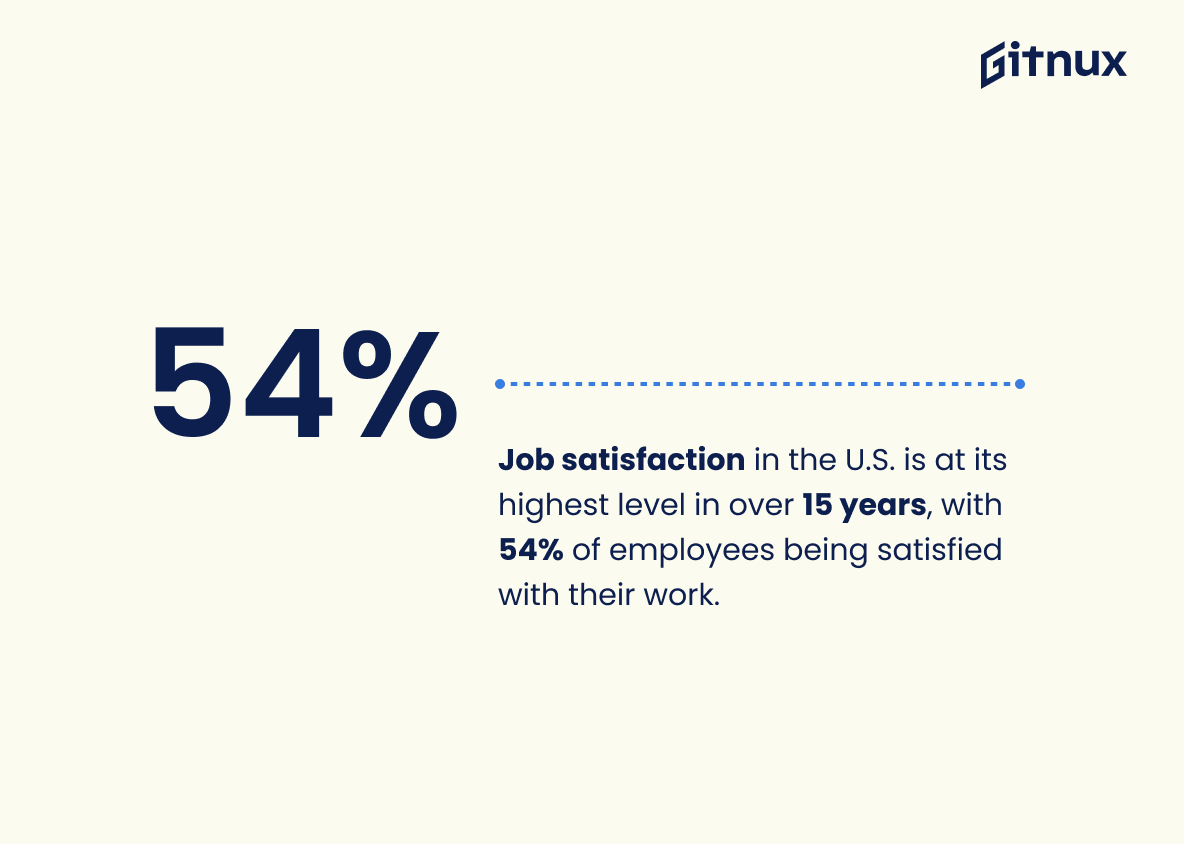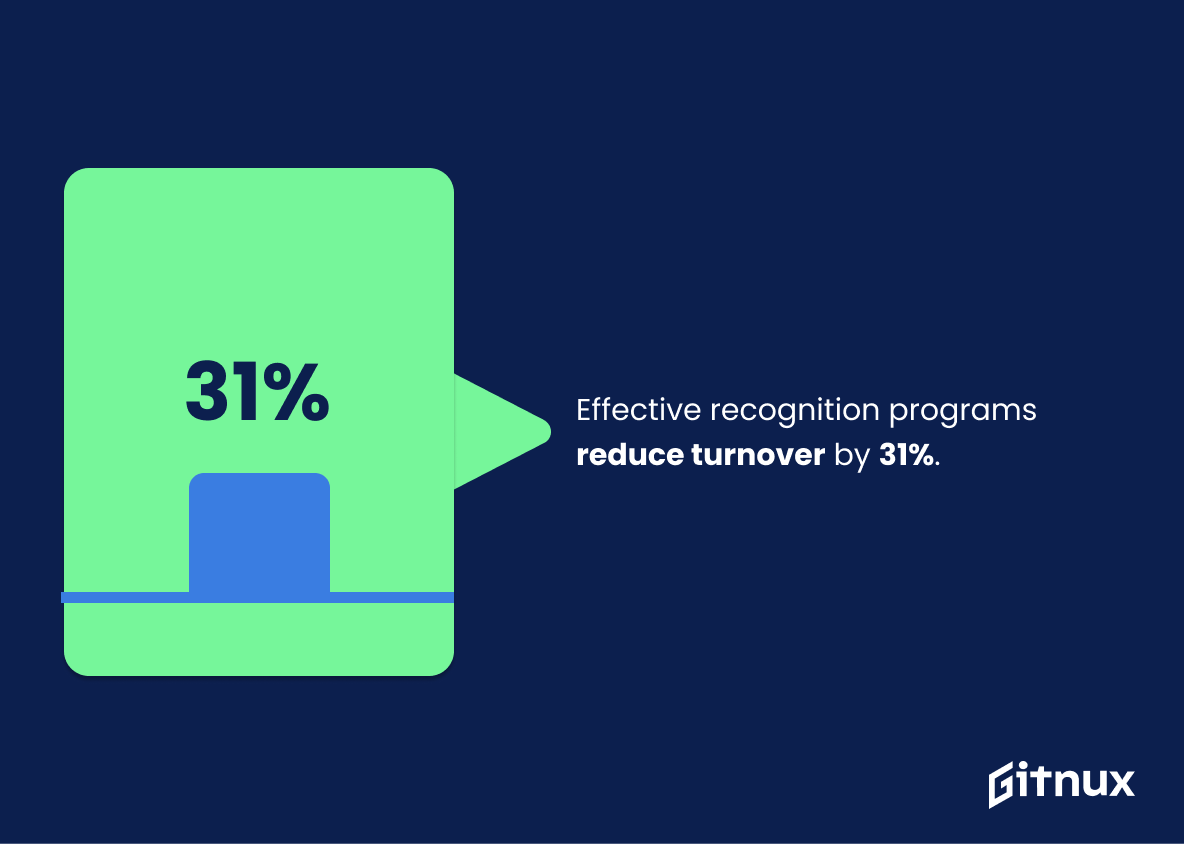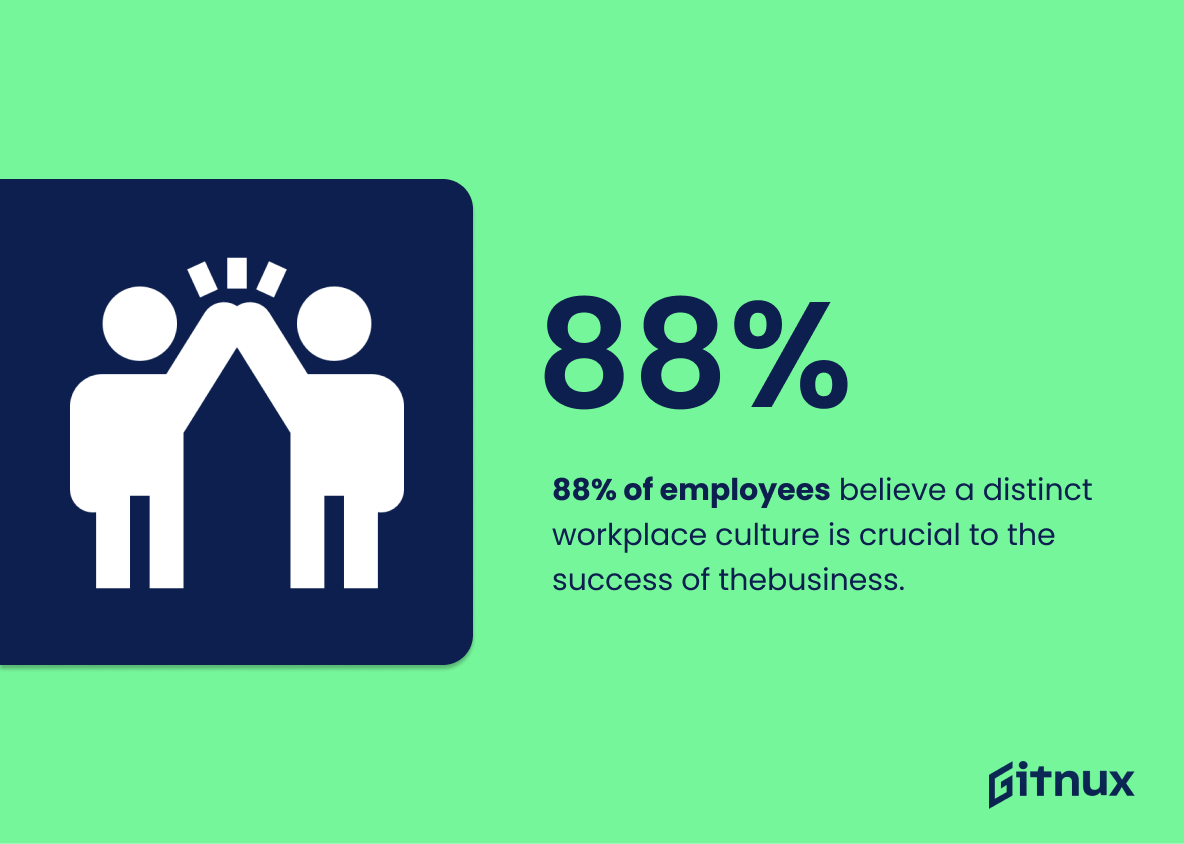Employee satisfaction is an important factor in the success of any business. It can have a direct impact on employee engagement, productivity, and retention rates. To better understand how to improve employee satisfaction levels, it’s helpful to look at some key statistics that provide insight into what employees need from their employers. This blog post will explore 20 different statistics related to employee satisfaction and well-being efforts that demonstrate why these initiatives are so important for businesses today.
Employee Satisfaction Statistics Overview
Employees who feel their voice is heard are 4.6 times more likely to feel empowered to perform their best work.
This statistic speaks volumes about the importance of giving employees a platform to express their opinions and be heard. It highlights the fact that when employees feel their voice is heard, they are more likely to feel empowered and motivated to do their best work. This is a key factor in creating a positive work environment and ensuring employee satisfaction.
96% of employees believe that showing empathy is an essential quality to advance employee retention.
This statistic is a powerful indicator of the importance of empathy in the workplace. It demonstrates that employees recognize the value of showing empathy to their colleagues, and that it is a key factor in creating a positive work environment and keeping employees engaged and satisfied. This is an important statistic to consider when discussing employee satisfaction, as it highlights the importance of creating a supportive and understanding workplace.
Companies with highly engaged workforces are 21% more profitable than their peers.
The importance of this statistic is clear: companies with highly engaged workforces are reaping the rewards of increased profitability. This is a powerful reminder that investing in employee satisfaction can have a tangible, positive impact on the bottom line. It’s a win-win situation: employees are happier and more productive, and the company is more profitable. This statistic should be a call to action for any business looking to maximize its potential.
Companies that excel at employee experience have 4 times the average profit and more than 2 times the average revenue of those that don’t.
This statistic is a powerful testament to the importance of employee experience. It shows that companies that prioritize their employees’ satisfaction and well-being are rewarded with higher profits and revenue. This is a clear indication that investing in employee experience is a sound business decision that can have a significant impact on a company’s bottom line.
69% of employees say they would work harder if they felt their efforts were better appreciated.
This statistic is a powerful indicator of the importance of appreciation in the workplace. It suggests that employees are more likely to put in extra effort when they feel their hard work is being acknowledged and valued. This highlights the need for employers to create an environment where employees feel appreciated and motivated to do their best.
43% of highly engaged employees receive feedback at least once a week.
This statistic is a powerful indicator of the importance of feedback in employee satisfaction. It shows that providing regular feedback to highly engaged employees is essential for keeping them motivated and satisfied in their roles. This is especially true in today’s competitive job market, where employees are looking for employers who value their contributions and provide them with meaningful feedback. By understanding this statistic, employers can ensure that they are providing their employees with the feedback they need to stay engaged and satisfied in their roles.
Employee engagement programs can increase company profits by $2,400 per employee per year.
This statistic is a powerful reminder of the tangible benefits of investing in employee engagement programs. It highlights the potential for companies to significantly increase their profits by investing in the satisfaction and engagement of their employees. This statistic is a compelling argument for companies to prioritize employee satisfaction and engagement, as it demonstrates the potential for a substantial return on investment.
Job satisfaction in the U.S. is at its highest level in over 15 years, with 54% of employees being satisfied with their work.
This statistic is a testament to the fact that employee satisfaction is on the rise in the U.S. It shows that employers are taking steps to ensure their employees are happy and fulfilled in their work, which is essential for a productive and successful workplace. This statistic is a positive sign that employers are taking the necessary steps to ensure their employees are satisfied and motivated to do their best work.
Companies with recognition programs that are highly effective at improving employee engagement have 31% lower voluntary turnover.
This statistic is a powerful reminder of the importance of recognition programs in keeping employees engaged and satisfied. It highlights the fact that when companies invest in recognition programs, they can significantly reduce the amount of voluntary turnover, which can save them time and money in the long run. Furthermore, it demonstrates the value of investing in employee satisfaction, as it can lead to increased productivity and loyalty.
Employees who believe that management is concerned about their well-being are 5 times less likely to quit.
This statistic is a powerful reminder of the importance of creating a workplace environment where employees feel valued and supported. It highlights the fact that when employees feel that their well-being is taken into consideration by management, they are far less likely to leave the company. This is a key factor in ensuring employee satisfaction and loyalty, and should be taken into account when developing strategies to improve employee satisfaction.
88% of employees believe a distinct workplace culture is crucial to the success of thebusiness.
This statistic is a powerful indicator of the importance of workplace culture in achieving success. It shows that the majority of employees recognize the value of a positive and distinct culture in the workplace, and that they believe it is essential for the business to thrive. This is an important insight for any business looking to maximize employee satisfaction and productivity, as it suggests that creating a unique and positive culture is key to achieving success.
Employees with a best friend at work are 7 times more likely to engage fully in their work.
This statistic is a powerful reminder of the importance of fostering strong relationships in the workplace. Having a best friend at work can be a major factor in an employee’s overall satisfaction and engagement with their job. It can create a sense of camaraderie and support that can help employees feel more connected to their work and more motivated to give their best effort. This statistic highlights the need for employers to create an environment that encourages employees to form meaningful relationships with their colleagues.
Conclusion
Employee satisfaction is a key factor in the success of any business. The statistics presented here demonstrate that companies who invest in their employees’ well-being, career development, and recognition programs are more likely to have higher engagement levels, increased profitability, lower turnover rates and improved job satisfaction among their workforce.
Companies should strive to create an environment where employees feel valued and appreciated for their contributions as this will lead to greater loyalty from staff members which can ultimately result in better performance overall.
References
0. – https://www.officevibe.com
1. – https://www.tinypulse.com
2. – https://www.linkedin.com
3. – https://www.blog.accessperks.com
4. – https://www.salesforce.com
5. – https://www.businesssolver.com
6. – https://www.achievers.com
7. – https://www.builtin.com
8. – https://www.hbr.org
9. – https://www.conference-board.org
10. – https://www.snacknation.com
11. – https://www.forbes.com
12. – https://www.gallup.com
ZipDo, cited June 2023: Employee Satisfaction Statistics
